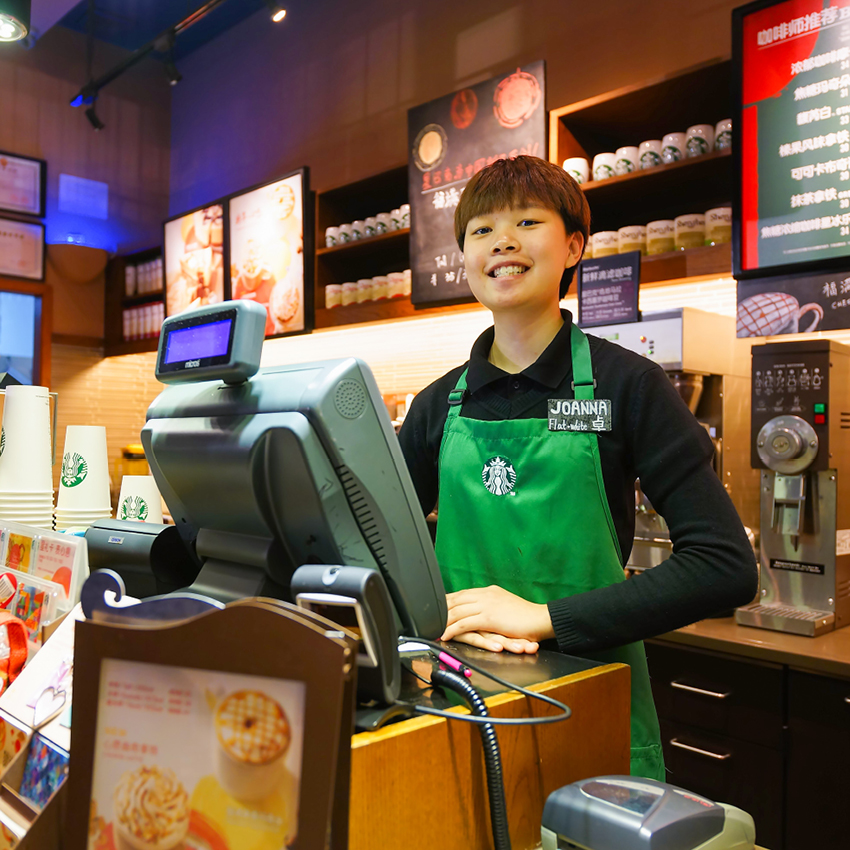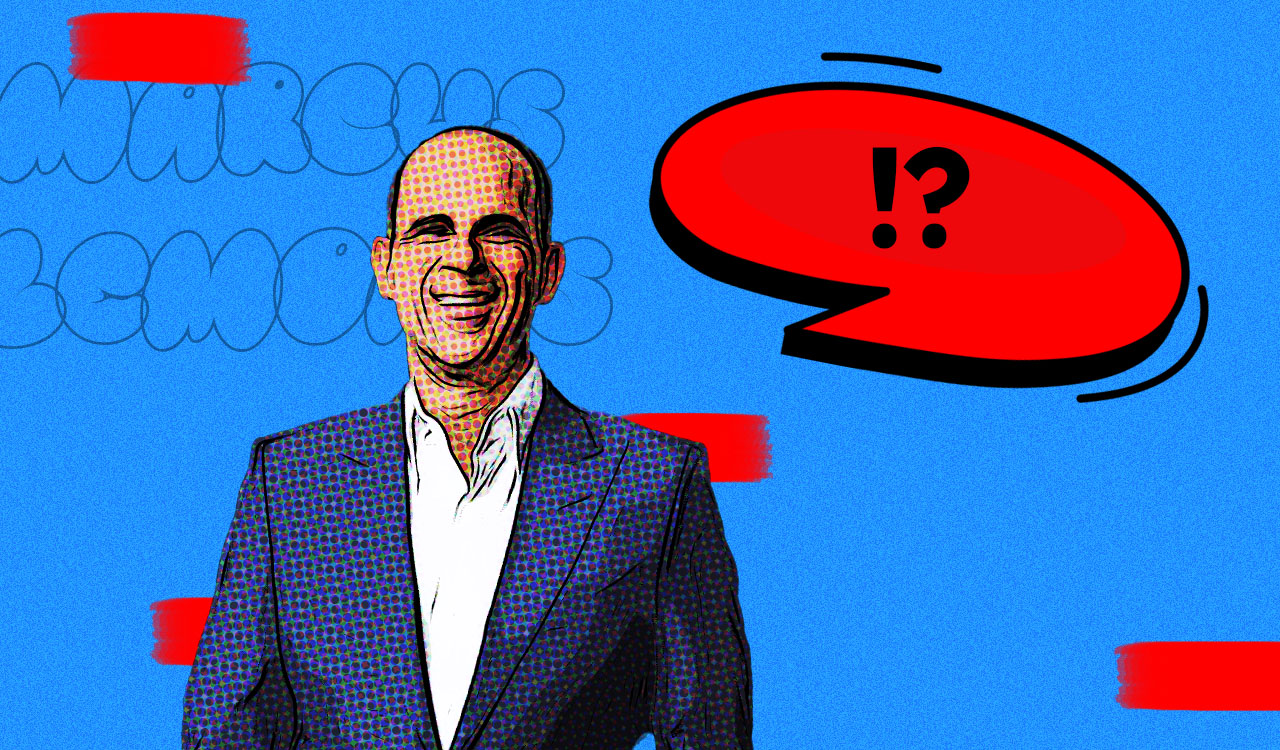The United States has hit the pause button on the economy literally. On March 16 President Trump asked Americans to call a halt to their lives as usual for the next 15 days. Then on March 23, he hinted the shutdown could end on Easter, April 12.
But increasingly it looks like it will extend even longer, because the rate of infection has yet to level off, let alone decline. As a result, many of the nation\’s governors decided more \”social distancing\” was required, not less.
Non-Essential by the Numbers
Five of the nation\’s 11 most populous states -California (No. 1), New York (No. 4), Illinois (No. 6), Ohio (No. 7), and New Jersey (No. 11) – have put their state on virtual lockdown with no end-date in sight. In addition, Pennsylvania (No. 5), Massachusetts, Maryland, Delaware, Kentucky, Idaho, Minnesota, and Louisiana have closed all non-essential stores and ordered employees of non-essential businesses to work from home.
Non-essential stores are basically any store that doesn\’t sell groceries, over-the-counter drugs or pharmaceuticals. In the short term, it will benefit three of the nation\’s retail market-share leaders – food and beverage stores with 12.5 percent of the nation\’s total $6.2 trillion retail and food service sales last year, electronic shopping (11 percent), and general merchandise stores, excluding department stores (9.2 percent) – and to a lesser extent health and personal care stores with 5.7 percent retail market share.
[callout]In announcing its China re-emergence, Starbucks CEO Kevin Johnson and CFO Patrick Grismer penned a letter to stakeholders that was refreshingly transparent about how coronavirus disrupted “business as usual” in the Chinese market.[/callout]
On the other hand, it will devastate every other retailer, including the third-largest retail sector, food services with 12.4 percent share of the retail market. Some food services will limp thanks to take-out services still being available. And other retailers continue to fill e-commerce orders. Regardless, coronavirus will deal a crippling blow to all segments of retail that don\’t sell groceries and household necessities.
Chinese Rebound
Given the unprecedented nature of this event, it is near impossible for retailers to plan how to get through it and come out on the other side.
However, hope is on the horizon, as China just announced it will lift travel restrictions on April 8 in the capital city of Wuhan, where the pandemic originated – eleven weeks since January 23 when the country was placed in lockdown.
But the damage has been done, with the first quarter of 2020 in the tank. JP Morgan research analysts are hopeful for an economic recovery in the second quarter there. According to China Daily, Jing Ulrich, the bank\’s vice chairman of global banking and Asia-Pacific, predicts that the Chinese economy will grow 15 percent quarter-on-quarter from April to June, after contracting by 3.9 percent during the first three months of 2020, compared to the previous year. \”Although the resumption of work has been slower than anticipated, we expect that economic activities will rebound from late March and into the second quarter,\” she said.
The hard-hit luxury sector is beginning a slow recovery as well, according to reporting by Bloomberg. Within the hubs of luxury shopping, store traffic, which fell as much as 80 percent earlier this year, has begun to return, though often limiting hours and number of people allowed in the stores.
Slowly China is getting back to normal with many stores opening, though operating under reduced schedules. Apple has reopened all 42 of its stores in China after being closed for a month. This follows news earlier this month from Starbucks that 90 percent of its roughly 4,200 stores in China have reopened.
Starbucks Pulls Back the Curtain
In announcing its China re-emergence, Starbucks CEO Kevin Johnson and CFO Patrick Grismer penned a letter to stakeholders that was refreshingly transparent about how coronavirus disrupted \”business as usual\” in the Chinese market.
Though Starbucks doesn\’t report sales in China, its 2019 annual report said that China, \”contributes meaningfully to both consolidated and international net revenues and operating income. China is currently our fastest-growing market and second-largest market overall.\”
The letter provides a look at the impact of the disruption to Starbucks\’ business there and guidance for what other retailers can expect as COVID-19 spreads across this country.
\”In recent weeks, the world has been grappling with an issue of enormous scale and human impact, and our hearts go out to all who have been affected by the outbreak of coronavirus disease (COVID-19),\” they wrote, and added, \”We believe that the impacts to our business are temporary.\”
Six Weeks of Business Disruption in China
Johnson and Grismer reassured stakeholders that the lessons they learned from the outbreak in China will guide them in managing business in other markets where it rears its ugly head.
\”We are prepared to respond to any situation that may unfold in any of our markets around the world, leveraging the considerable operational insights we\’ve gained from our experience in China,\” they said.
- Early protective measures put into place in January included all Starbucks team members having daily temperature checks and required to wear masks at all times in the store. In addition, every Starbucks store entrance was equipped with a \”safety station,\” to automatically check customers\’ temperatures as they entered and to provide masks for their use inside.
- Team members were trained for a \”Contactless Starbucks Experience\” to avoid any direct contact with customers, which encouraged the mobile-ordering capabilities. Enhanced store sanitizing protocols were put into place, and seating was adjusted in the stores to maintain a safe distance between guests.
However, by the first week in February, some 80 percent of its stores in China were closed. Following a month of work stoppages, by early March the company reported that more than 90 percent of its stores were reopened, though the majority of stores were operating on a reduced schedule.
By April 1, assuming no unforeseen reoccurrences of the disease, the company expects 95 percent of stores in China to be opened, but they will continue to operate with \”elevated safety protocols and modified schedule.\”
Short-Term Financial Hit
The company has taken a deep but short-term hit to its business in China. During the month of February, comparable store sales declined precipitously by 78 percent from previous year, with the sharpest decline occurring the second week of February.
However, by February 27 sales had begun to improve, with total weekly gross sales the last week in February rising 80 percent. Also, in the last week of the month, mobile orders accounted for about 80 percent of sales.
In effect, the worst lasted only six weeks or so, with recovery expected to progress steadily through mid-year.
Overall, the company said headwinds from COVID-19 will cost the company $400 million to $430 million in revenue from China in the second quarter of 2020 which closes at the end of March.
At that time, comparable store sales in China will be down approximately 50 percent over the previous year. By comparison last year, the China/Asia Pacific segment reported revenues of $1.3 billion, out of consolidated international net revenues of $6.3 billion.
In closing, Starbucks also announced that planned China store openings for fiscal year 2020 will be deferred to fiscal 2021, with more details to follow in its earnings call scheduled for April 28, 2020.
Starbucks Brings Emergency Plans to the U.S.
While the coronavirus contagion in China will have the biggest impact on the Starbucks\’ second-quarter financials, the Americas will follow in the third quarter ending in June. Last year Starbucks generated 70 percent ($18.3 billion) of its $26.5 billion total revenues here and with 8,791 U.S. stores compared to 1,175 in Canada, the bulk of the company\’s revenue comes from the U.S. It\’s hard to imagine what four-to-six weeks of ~80 percent drop in U.S. sales will look like come third quarter reporting.
Here is what the company is doing in the meantime.
- On March 11 the company instituted extra cleaning protocols and \”social distancing\” measures in stores, separating all tables and seats to allow for a distance of six feet.
- Then on March 15, it moved to prohibit in-store seating altogether, only allowing to-go counter service.
- This was followed by the decision to close all access to cafes and move to drive-thru and delivery service only on March 20.
- Also, depending on local conditions, stores may be temporarily shut down entirely.
- Drive-thru only service will continue at least through April 3, according to the latest company statement, though we can expect it to extend longer, given the current rate of infection.
From March 21 through April 19, the company is standing behind its employee \”partners\” with \”catastrophic\” full-paid sick and personal time off. It is a blanket extension of benefits that includes not just partners diagnosed or needing to self-quarantine due to COVID-19 exposures and those over 60 years old or with undelaying health concerns, but also those who \”are worried about or feeling unsafe coming to work.\”
For partners who show up for work, they will be given a $3 per hour bonus for shifts scheduled between March 21 through April 19, plus partners have been granted temporary food \”benefits\” and discounts during the period. And the company is offering staff mental health counseling, additional childcare benefits for partners affected by closed schools, and access to a company fund that provides grants for partners experiencing financial hardships.
Given the dates on Starbucks emergency calendar, it is planning for disruption of business from mid-March through mid-April right now. Time will tell if it has to be extended beyond that.
Get Ready
This early case study from Starbucks and how it has navigated the coronavirus crisis in China where it first appeared and now as it tracks into its largest market provides valuable lessons for every other retailer as they all face the same situation.
In its annual stakeholders meeting held remotely March 18 by way of a webcast, CEO Kevin Johnson made clear the company\’s commitment to its partners, customers, and the communities it serves.
\”Navigating this challenge requires Starbucks partners to make hundreds of real-time decisions each day, in 82 markets around the world based on three simple principles,\” he said. \”First, prioritizing the health and well-being of our partners and the customers we serve. You are our number-one priority. Second, partnering with local health officials and governments, as they work to contain the virus. We together can make a difference. Third, showing up – showing up in a positive way for each of the 32,000 communities we are part of.\”
But while the company has geared up for this immediate crisis, it is also looking beyond it, with 2021 marking its 50th year in business.
\”So, as we look to our 50th anniversary and beyond, with Starbucks partners at our core, we are pursuing a bold vision that will modernize Starbucks while staying true to our heritage and what we stand for: a people-positive company that works to uplift partners so they in turn uplift our customers, and the communities we serve. A profit-positive company that responsibly grows our business with focus and discipline. We are redefining what it means to be a commercial enterprise by embracing our role and responsibility in society and humanity. This is reflected in our people-positive aspiration and we stand for being a planet-positive company, as reflected in our latest announcement around environmental sustainability,\” Johnson said.
Until the pandemic subsides – and it will – all will have to hunker down and ride out the storm. But the retailers that will come out of it fastest will be the ones that go into financially strongest and provide extra support for their employees through it. That\’s because once the crisis is over, those retailers will require even more extraordinary efforts on the part of their people to pull them out and recover.




